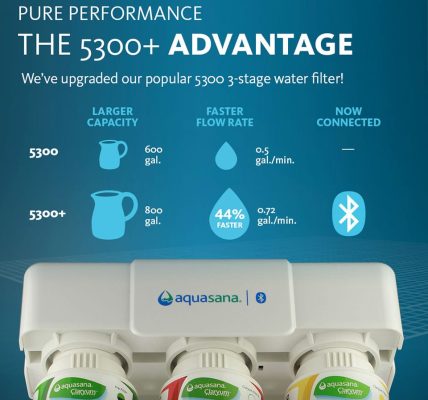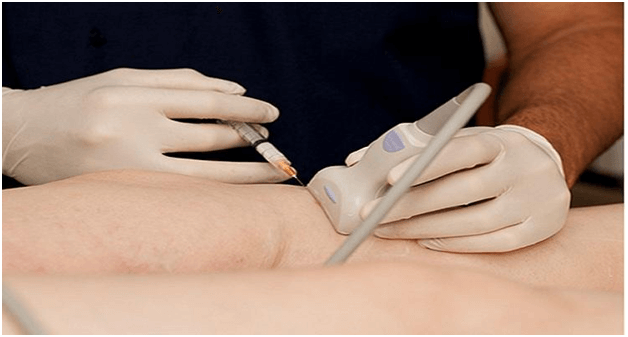
It’s not about perfect teeth, it’s about a healthy and tidy mouth. Careful dental care is a prerequisite for permanently healthy teeth. With us, we show how easy it is to achieve perfect dental care – what you need and how easy it is to incorporate this routine into your daily life.
Around two thirds of people brush their teeth twice a day and therefore follow the basic minimum recommendations for dental health. But even if this is a good start, brushing alone is not enough to effectively prevent dental problems such as tooth decay or periodontitis, as well as possible secondary diseases. This is because a toothbrush alone can only clean about 60% of the teeth.
Effective oral hygiene is not difficult to implement. With a step-by-step guide that is easy to incorporate into your daily life, you can keep your teeth in perfect shape and keep your smile looking its best at all times.
Tepe
Step 1 & 2: Clean the gaps with a toothbrush and floss the particularly narrow ones
No classic toothbrush can reach into the spaces between the teeth, which is why these are quickly overlooked. But it is precisely here that most bacteria settle, which can then lead to tooth decay and gingivitis. Dental care should therefore always start between the teeth. Interdental brushes (interdental = between the teeth) are particularly suitable for thorough cleaning. These consist of an ergonomic handle from which the actual bristles protrude. The different sizes and bristle strengths take into account the individual distances between the teeth. If in doubt, your dentist will help you choose the right brush for your teeth.
Gently place the brush between the teeth and move it back and forth.
Tepe picture 1/7 – Carefully place the brush between the teeth and move it back and forth.
With a small interdental brush (pink, orange, red or blue), you can slightly bend the flexible neck to get the best position.
Tepe picture 2/7 – The flexible neck of the small interdental brush (pink, orange, red or blue) can be bent slightly to obtain the best position.
This allows you to reach the molars easily.
Tepe Image 3/7 – This way you can easily reach the molars.
The brush will last longer if the wire is bent in one direction at a time.
Tepe Image 4/7 – With larger interdental brushes (yellow, green, purple, grey or black), access can be optimised by slightly pre-bending the wire with your fingers.
With larger interdental brushes (yellow, green, purple, grey or black), access can be optimised by slightly pre-curving the wire with your fingers.
TePe Figure 5/7 – Brushes last longer if wires are bent in one direction at a time.
TePe Angle™ for external use. Angled brush head for optimal contact with the back teeth.
TePe picture 6/7 – TePe Angle™ applied from the inside. Angled brush head for optimal contact with the back teeth.
TePe Angle™ applied from the inside. Angled brush head for optimal contact with the back teeth.
TePe image 7/7 – TePe Angle™ applied externally. Angled brush head for optimal contact with the back teeth.
7
The application itself is very simple. Instead of using toothpaste, use the crevice brush to gently push into the crevice at the tip of the gums, moving back and forth. The brush should be rinsed briefly after each cleaning to maintain the cleaning effect and not transfer bacteria from one crevice to the next. The crevice brush can in principle be used several times. Always replace them when the bristles are worn.
For particularly narrow gaps, dental floss is a good alternative. However, the application is a little more complicated than with interdental brushes. Special care should be taken when transitioning to the gums, as fine floss may unnecessarily damage sensitive gums.
Step 3: Brush your teeth with a toothbrush and toothpaste
If you brush your teeth twice a day, then you are doing a lot right. Because with a toothbrush, a large proportion of plaque is effectively removed. It is important to brush thoroughly every area that your toothbrush can reach. Which brushing technique is right for you depends on the condition of your teeth and gums. As a general rule, do not press hard. Using the brush too hard can damage the gums and may damage the tooth substance on the neck of the teeth. Also, the cleaning action should be gentle pressure from the gums towards the teeth. If you are in any doubt about the correct brushing technique, your dentist will certainly have some personal tips ready. In order not to forget a spot, it is also recommended to always start and finish cleaning in the same place, i.e. as systematically as possible.
When choosing the right toothbrush, follow these principles: you can use whatever makes you comfortable – whether it is an electric toothbrush or a classic manual toothbrush is a matter of personal taste, so system and cleaning technique are important. The following applies to the bristles: many people find that hard bristles clean their teeth more thoroughly, but a medium-firm toothbrush will do the job perfectly. Soft toothbrushes are gentler on the gums. The same applies here: if in doubt, consult your dentist. You should take care to protect the rounded ends of the bristles on your gums. Toothbrushes must be replaced at least once every three months!
When it comes to toothpaste, the choice is very confusing. It is important from a dental point of view: toothpaste should contain fluoride (e.g. sodium fluoride or amine fluoride). Fluoride strengthens tooth enamel and thus prevents tooth decay. Toothpastes for school-age children, adolescents and adults contain between 1,000 and 1,500 ppm (parts per million) of fluoride. toothpastes for children aged 0 to 2 years should contain approximately 500 ppm of fluoride, and for children aged 2 to 6 years the recommended fluoride concentration is 1,000 ppm, which corresponds to the latest expert recommendations of the German Society of Paediatric Dentistry. ¹ Another central aspect: the abrasive properties of the product. The RDA values given on the packaging provide information on the strength of the toothpaste.
Tepe
Step 4: Don’t forget the tongue
Around 60-80% of the bacteria in the mouth are found on the tongue. However, the tongue is often neglected when it comes to oral hygiene. Cleaning is very easy and quick.
A special tongue cleaner makes it easy to remove bacteria from the surface of the tongue. In addition to the hygiene aspect, you can also prevent one of the main causes of bad breath. Bacteria on the tongue is usually the main cause of this condition.
The TePe GOOD™ Tongue Cleaner is guided from back to front with the curve facing down and the tongue out. One session of this process is usually sufficient and the tongue is essentially free of plaque and bacteria. The tongue cleaner is then rinsed and placed next to the toothbrush. So the next time you brush your teeth, it’s right in front of you and your tongue will once again be deservedly clean.
The girl who does the mouthwash in the morning
Step 5: Finish with a mouthwash
Mouthwashes can be used as needed after cleaning your tongue and at the end of your oral care routine. They have different mechanisms of action, for example, helping to harden tooth enamel, having a bacterial-reducing effect or slowing down the formation of plaque. Mouthwashes work best when they are moved vigorously back and forth in the mouth and “pulled” through the spaces between the teeth. A rule of thumb for rinsing time is one minute. Mouthwash can supplement but never replace brushing with toothbrushes and gum brushes.
Due to their composition, some mouthwashes can also be particularly caring for the gums, thus preventing gingivitis. Alcohol-free conditioners are particularly suitable for children.
Tepe
A clean smile in just 5 steps: using TePe is easy and environmentally friendly
TePe is not only a leading manufacturer of modern and effective oral hygiene products, but also takes it upon itself to develop high-quality solutions that are good for people and the environment.
The company already uses 100% green energy in its Malmö factory and is gradually switching to renewable and recycled materials in all its products and packaging, as well as using recycling methods throughout the production process to further reduce and re-integrate waste.



